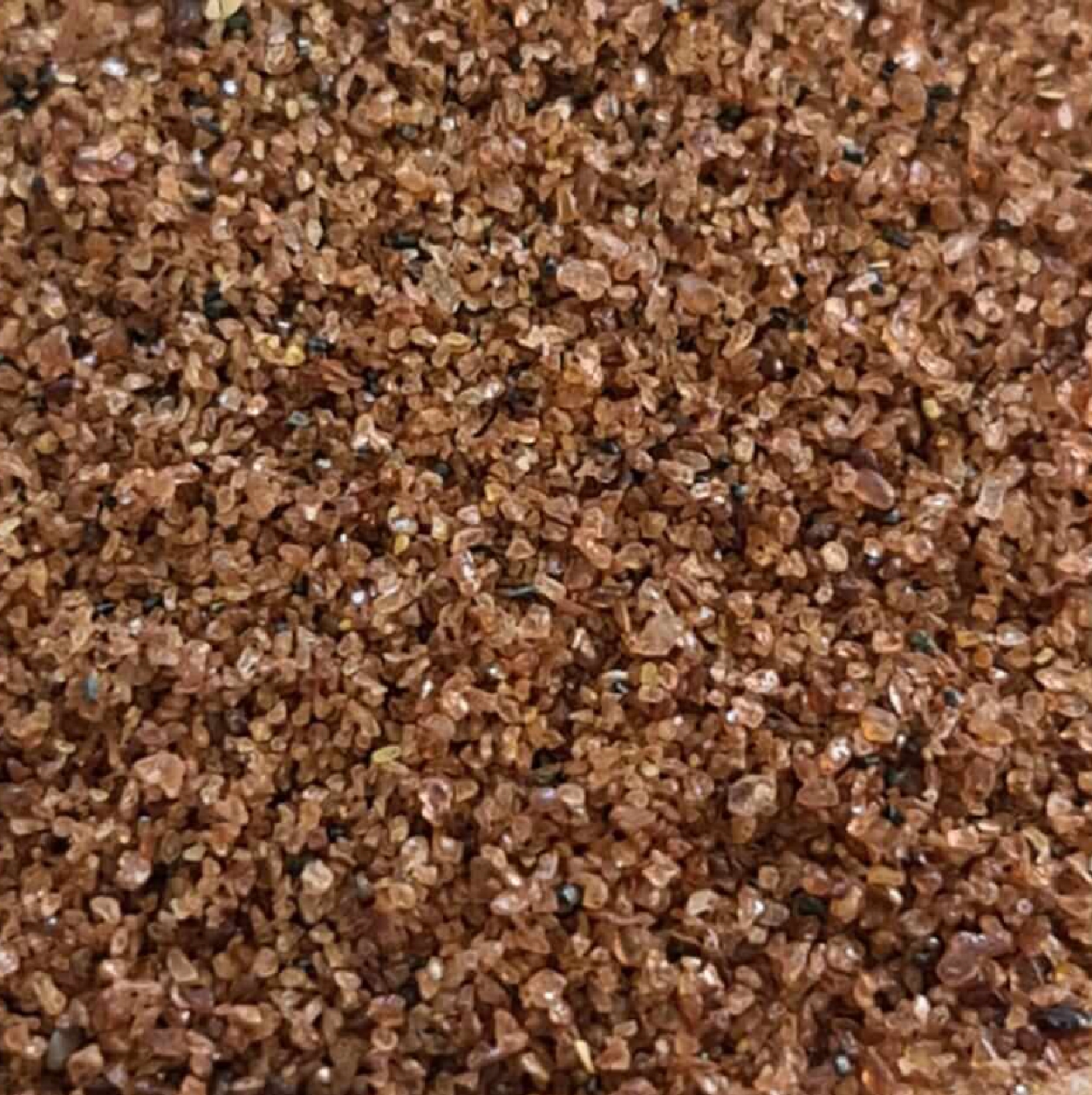Raw calcium carbonate is manufactured to the stringent technical standards of ANSI/AWWA B100-09 and ASTM E11 test sieves. It is used as an industrial raw material with other industrial raw materials such as silica flour, limestone, aggregate, quicklime, talc, igneous rock, and abrasives.
To remove pollutants and impurities from activated carbon, chemical absorption. Chlorine, sediment, volatile organic compounds (VOCs), taste, and odor are all removed most effectively by active charcoal carbon filters. Calcite is a naturally occurring mineral with a wide range of properties. Composition, particle size and shape, specific gravity, hardness, and color all play a role in its industrial application. Calcium carbonate makes up glass. Calcite powder for the glass industry must have a high and consistent proportion of CaO and be free of color-inducing impurities such as Fe2O3 and other trace elements. Rajasthan is a great place to find calcite with high whiteness. Ceramics contain calcium carbonate. A wide range of ceramic products, including art ware, porcelain, pottery, floor tiles, and sanitary ware, to name a few utilizes calcite.
Calcium carbonate is increasingly employed in the paper, plastics, paints, and coatings sectors due to its unique properties as a white filler and coating pigment. Other properties are used in a variety of industries, including the chemical industry, building, agriculture, and even human consumption. Calcium carbonate is mostly used in the construction sector as a building material, limestone aggregate for road construction, an element in cement, or the starting material for the production of builders’ lime by kiln burning. Calcium carbonate (in limestone form) is no longer used for building purposes on its own due to weathering, primarily caused by acid rain, and is now only used as a raw primary substance for building materials.







